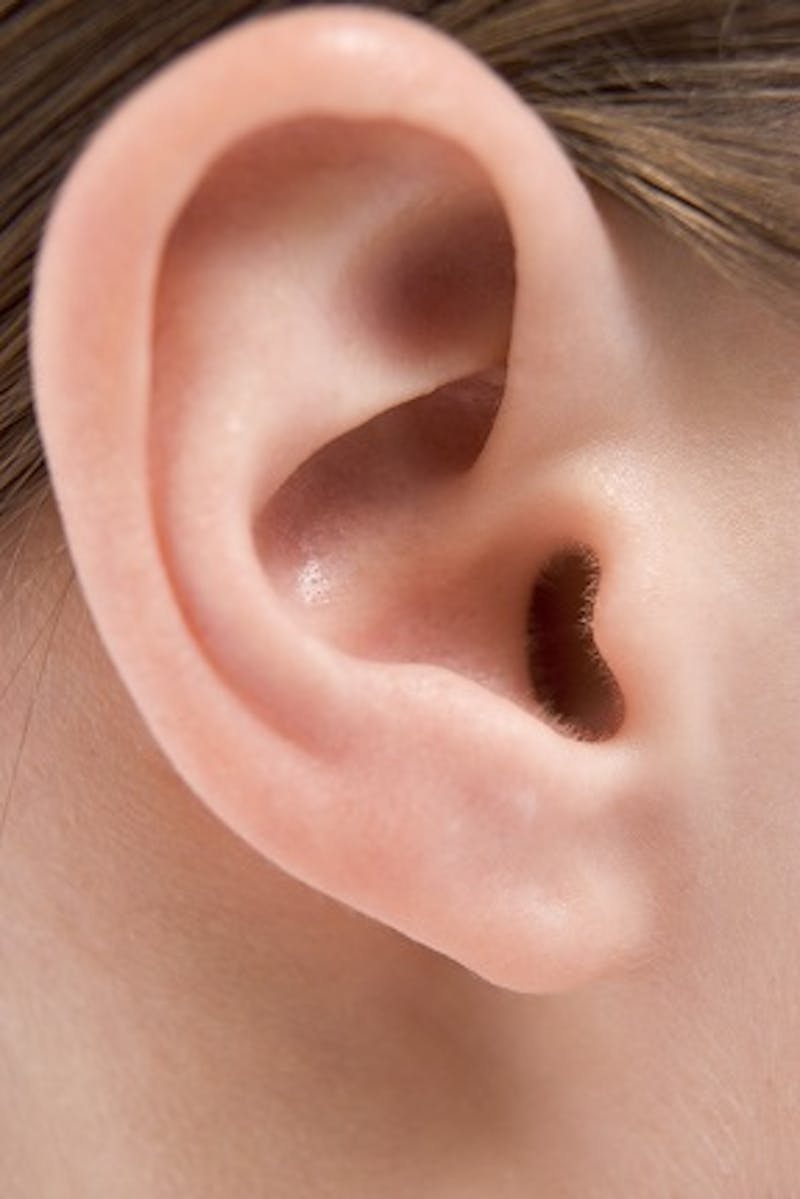
Any surgical procedure, cosmetic or not, brings with it the risk of complications. If you are considering otoplasty, or ear surgery, for yourself or your child, it’s imperative that you understand the potential risks of the surgery before making a decision. In almost all cases, complications are rare and avoidable. Certain issues can be corrected with additional surgery.
Despite the risk of complications, the majority of patients and parents find that otoplasty is worth it, especially if it reduces the chance of a child being teased by peers. During a consultation, Dr. George Moynihan will discuss the potential risks with you as well as what you can expect from the procedure.
Unsatisfactory Results
The goal of ear surgery is to make protruding ears less prominent or to correct ears that are uneven or asymmetric. It can also fix overly large earlobes or ears that fold over. In some cases, however, the results from the surgery aren’t what was expected.
One risk of the surgery is that the doctor will over correct the ears. The ears might be over corrected if the surgeon removes too much cartilage. Instead of sticking out from the sides of the head, the ears are much too close to it. In some cases, the ears will adjust back to a more natural position as they heal. If they don’t, revision surgery allows the doctor to adjust the position of the ears, helping the patient achieve a natural look.
Another potential negative result from ear surgery is known as a “telephone deformity.” It’s so called because the ear resembles a classic telephone after the procedure, with the top of the ear and the earlobe sticking out more than the middle portion. A surgeon can typically correct a telephone deformity by moving the upper ear and earlobe closer to the head.
Although otoplasty can be performed in some cases to correct ears that are asymmetrically positioned on the head, in other cases, the ears can be asymmetrical following surgery. The ears can be uneven after the procedure if the doctor only corrected one ear. As the ears heal from the surgery, they might become uneven on their own. In some patients, the ears are naturally asymmetric and will be to some degree after the procedure.
Infection
Any type of surgery brings with it the risk of infection. Infection can occur on the skin or in the cartilage after or during the surgery. Dr. Moynihan takes precautions to drastically reduce a patient’s risk for infection. He performs the otoplasty procedure in a sterile environment and prescribes antibiotics to patients for the week after the surgery to lower the risk of a bacterial infection.
Scarring Issues
One of the benefits of having surgery behind the ears is that the shape and position of the ears often conceals the scars. In most cases, the scars from the procedure will fade as the patient grows older. Patients who have a history of poor scarring might develop a keloid scar, meaning that the scar tissue grows in size over time. A keloid scar can be itchy and painful. If a patient has a family history of keloid scars, the surgeon can typically take steps to accommodate that history and reduce the risk of a prominent scar.
Numbness
Numbness is to be expected after ear surgery. In most cases, it will resolve and you’ll begin to feel sensation again after a few months. In rare cases, though, the numbness can be long lasting or permanent.
Anesthesia Issues
The type of anesthesia used during the surgery depends on the age of the patient. Younger patients often receive general anesthesia while older patients have the choice of receiving a local anesthetic, with or without sedation. While most people who are in good health have no problems when they receive general anesthesia, there are some risks, ranging from mental confusion to more serious issues, such as lung infections or stroke. If you are concerned about receiving anesthesia, discuss your options with your surgeon, especially if you have a condition such as diabetes or high blood pressure.
Knowing the risks as well as the rewards of otoplasty is essential when you are considering the surgery. Keep in mind that complications from ear surgery are very rare. Dr. George Moynihan is happy to discuss the procedure with you, as well as what you can expect. Contact his office in Chicago at (312) 988-9300 to schedule an appointment or use the consultation form to request an appointment online.


